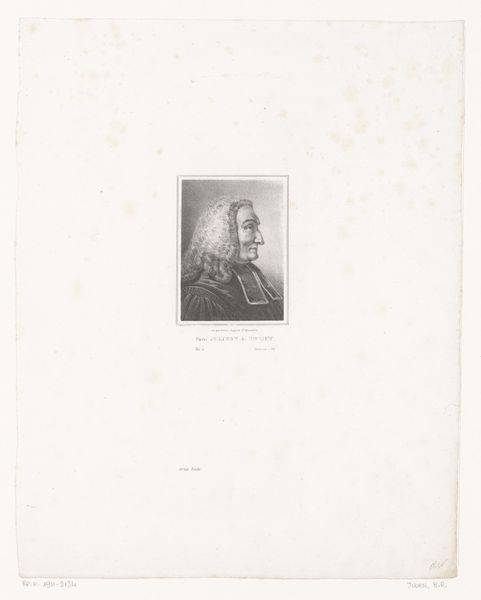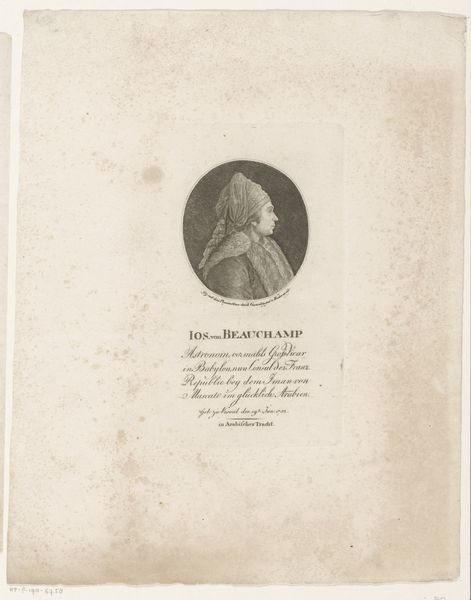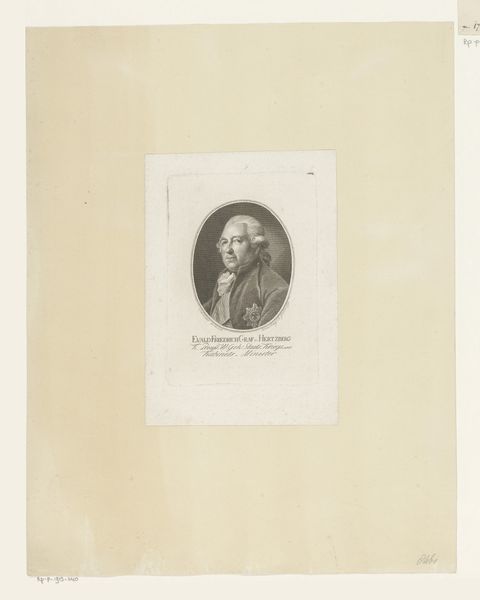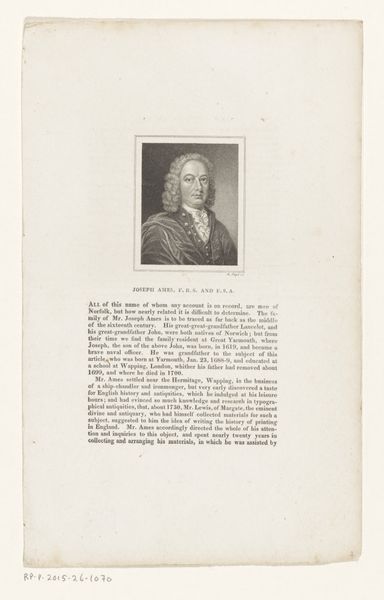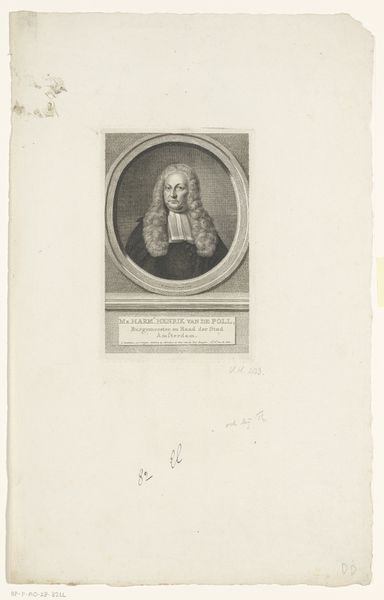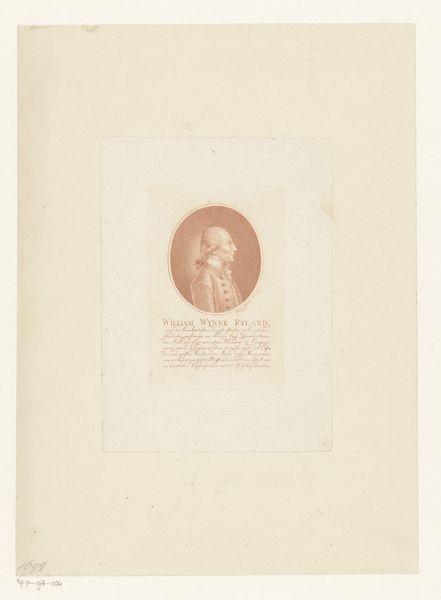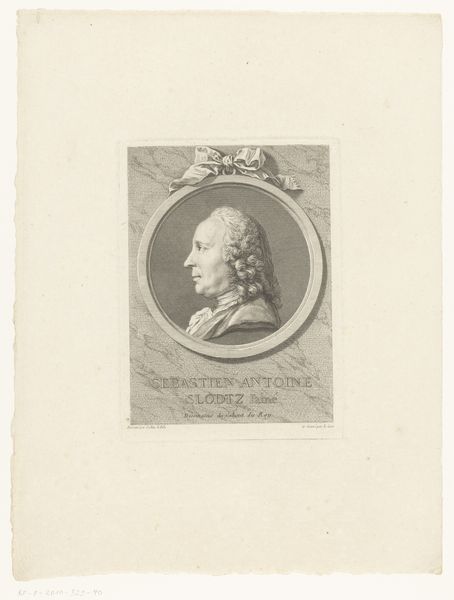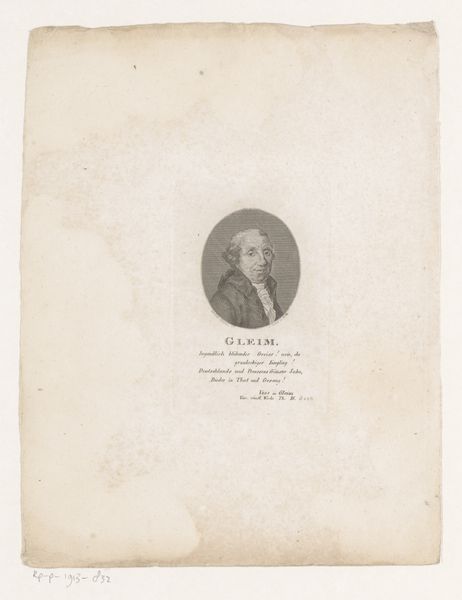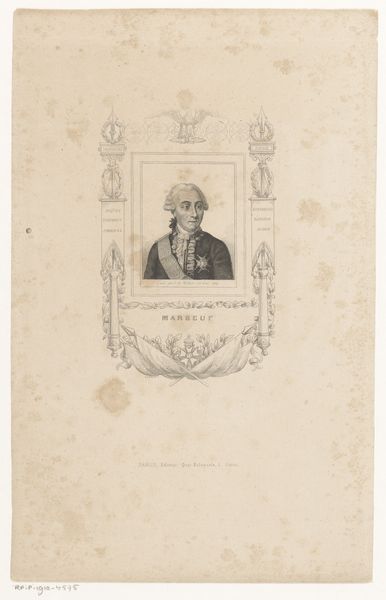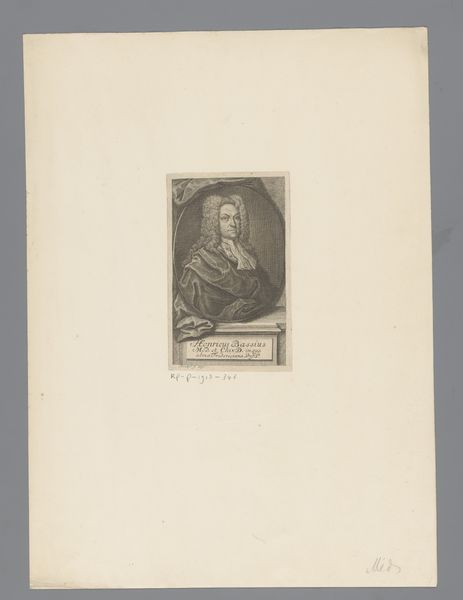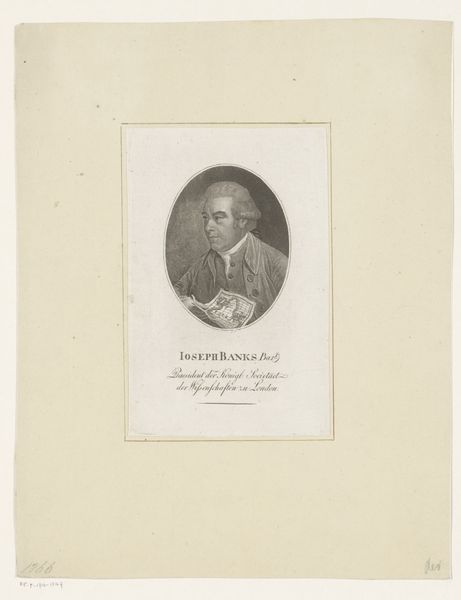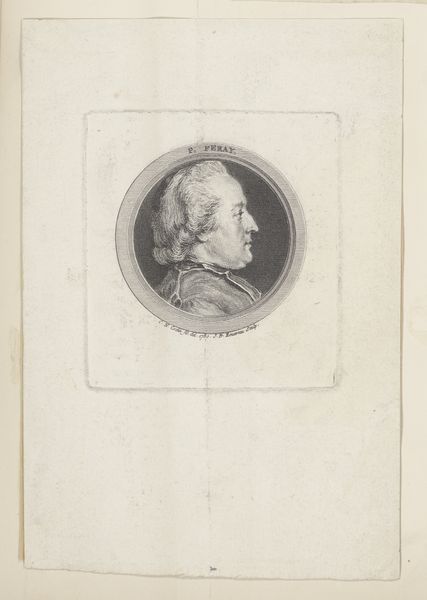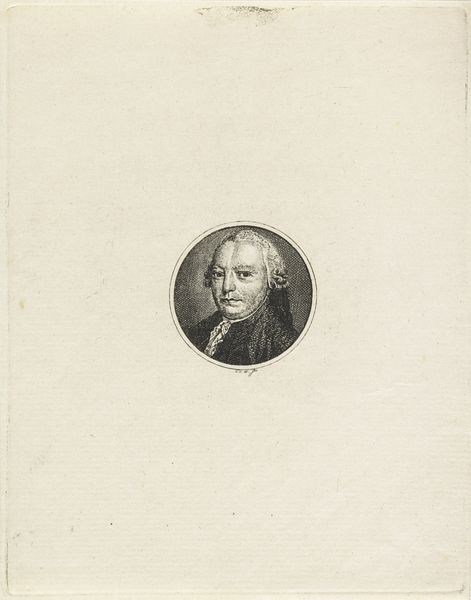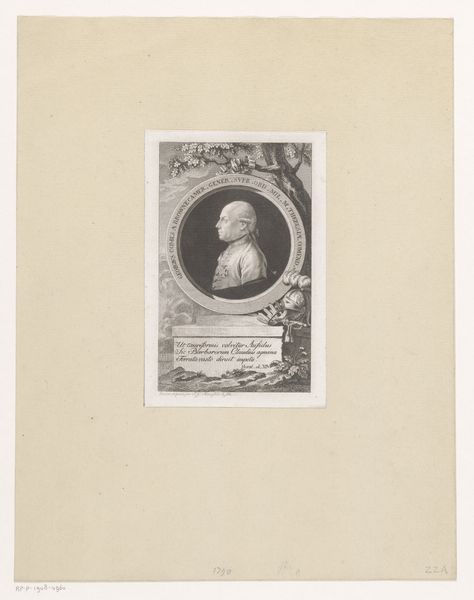
Title Page, Dedication, Portrait of Giambattista Tiepolo, Bearded Old Man 1775
0:00
0:00
drawing, print, etching, paper
#
portrait
#
drawing
# print
#
etching
#
paper
#
11_renaissance
#
italian-renaissance
#
italy
Dimensions: 145 × 109 mm (image/plate, upper left); 147 × 111 mm (image/plate, upper right); 118 × 90 mm (image, lower left); 120 × 94 mm (plate, lower left); 115 × 82 mm (image, lower right); 118 × 82 mm (plate, lower right); 546 × 383 mm (sheet)
Copyright: Public Domain
Curator: Look at this complex page. Giovanni Domenico Tiepolo created this etching, print, and drawing titled "Title Page, Dedication, Portrait of Giambattista Tiepolo, Bearded Old Man" around 1775. It’s currently housed here at the Art Institute of Chicago. Editor: Immediately, I'm struck by the stark contrast and the density of detail despite the etching's delicate nature. It feels quite scholarly, almost like a collection of ephemera. Curator: Indeed. Tiepolo used etching techniques to reproduce textures—notice the differences in how the artist renders the smoothness of Giambattista's skin versus the rough fabric of the old man’s garb. It’s all paper, ink, and process. Editor: And the social dimensions are significant. This serves as the dedication page, which traditionally positions the artist within a network of patronage and influence. We see Giambattista idealized and, interestingly, juxtaposed with the image of a common, possibly working-class man. What's that commentary? Curator: Well, consider Tiepolo's methods. The precise layering of lines allows for tonal variations. Look how light interacts with the paper itself, affecting depth and form through the craft of the printing. Editor: Right. But it invites a deeper dive: Italy in 1775 was a landscape of stark inequality. What message is embedded in pairing the refined, powerful portrait of his father—a figure celebrated amongst the aristocracy—with the weathered face of an anonymous, older subject? Is it critique? Commentary? Curator: From a maker's perspective, Domenico manipulates line and plane in incredible ways, allowing us this kind of socio-historical interpretation, perhaps without overt intent. We examine the print, the paper, the etching technique. The materials ground the idea. Editor: But it all leads back to society, power, representation. This composition invites discussions around privilege and class, then and now. It highlights whose stories are told and whose faces are memorialized through art and in historical narratives. Curator: Examining process allows us access to the culture of artistic training in the Tiepolo workshop—father, son, their techniques in parallel, each innovating from within the confines of a family practice that functioned, fundamentally, like a business. Editor: Right. Ultimately, this single sheet sparks consideration of larger systems, about hierarchies that shaped, and continue to shape, not just artistic expression but our social reality. Curator: It brings process into focus and asks how making transmits and preserves, or questions those hierarchies you pointed to. Editor: A reminder of the profound role art can play in illuminating complex aspects of lived experience across the ages.
Comments
No comments
Be the first to comment and join the conversation on the ultimate creative platform.
